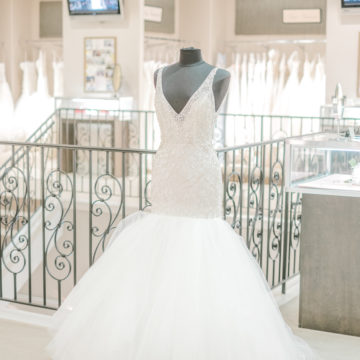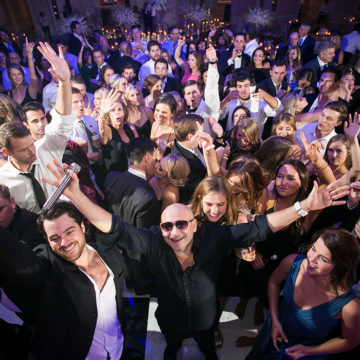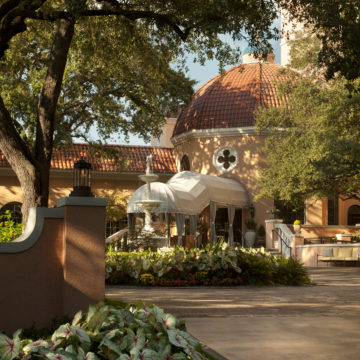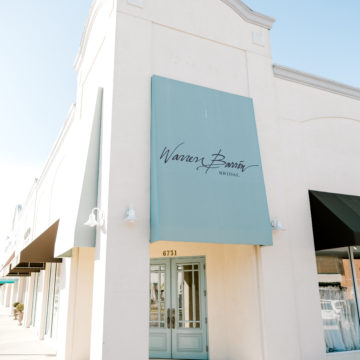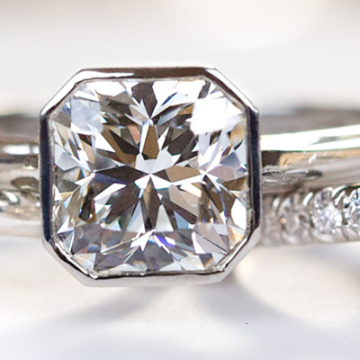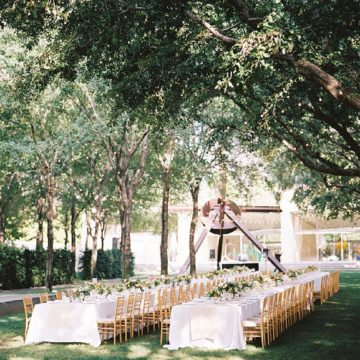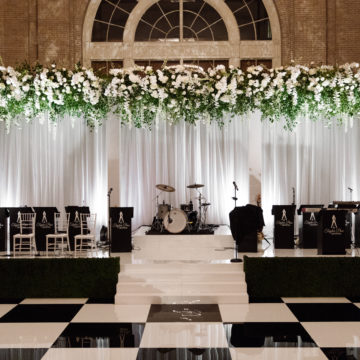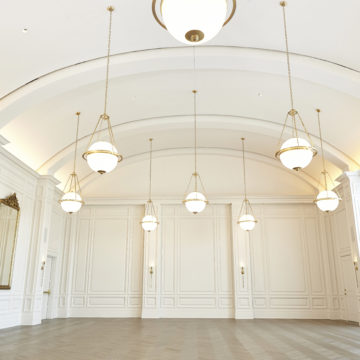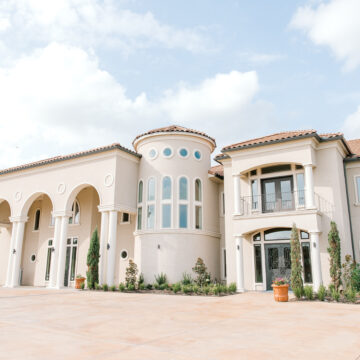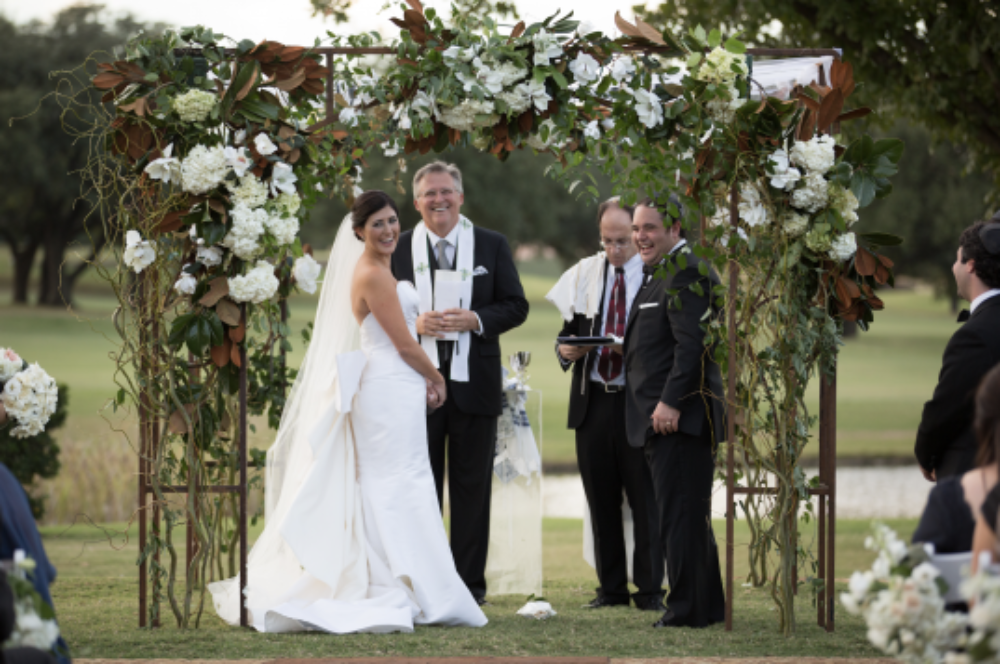
As a couple, it’s important that you are aware of—and work to incorporate—each other’s beliefs and family traditions. Interfaith weddings create an entirely new set of obstacles. It’s not just about pleasing both sets of parents: it’s about identifying your core values and creating a future together. Getting on the same page will benefit any couple—interfaith or not.
Interfaith: The New Status Quo?
Co-founder and Officiant of Interfaith Wedding Rabbi, David Gruber, says that in the Jewish community that he serves, he sees more interfaith marriages than not. “According to the Pew Research Center, 58% of Jews marry non-Jews, so interfaith marriage is now the rule, rather than the exception,” says Gruber.
So how does Gruber see couples succeed in interfaith weddings and marriages? Gruber says that communication is the most important factor in ensuring the couple is on the same page with major life issues and values.
“Every marriage is an intermarriage of sorts, since you have two different people, from different households, with different backgrounds, who are forming one cohesive unit,” Gruber says.
Before You Tie the Knot
Pre-marital courses or counseling have become generally popular as well. Seeking that spiritual connection as a foundation for wedded bliss, and anticipating any potential obstacles, is key. Consult clergy from each religion to guide tough discussions to help prevent unforeseen conflicts.
A group setting also helps to forge friendships with other couples preparing for an interfaith marriage.
“Couples need patience, understanding and communication, to make the whole thing work, even if they are of the same faith,” Gruber says. “The same holds true for interfaith couples. They have one more difference. As long as they approach this with eyes open, and exhibit that same patience, understanding and communication, they will make it work.”
Land an Officiant, or Two
Why choose one, when you can have two? More and more, couples are opting to have two officiants preside at their weddings. In doing so, each faith is represented and no drastic concessions need to be made.
Kristin Butler, wedding planner and owner of Fabulous Fete, recently coordinated a Persian Christian wedding. With meticulous care and planning, Butler, along with the couple, integrated a sofreh aghd spread into the ceremony. Iranians have diverse religious backgrounds and the sofreh aghd is a cultural ceremony practiced across the board. Two ministers conducted the ceremony: one Persian, the other Methodist.
“They each used their own books of faith but the bride’s parents hosted the wedding so the hosts get to choose what happens for the most part,” Butler says. “So it was strongly Persian influenced.”
If one officiant is desired, be sure to meet with that individual and have the ceremony centered and personalized on the couple, so that it is a true reflection of them.
“I ask many different questions, have them think about all the possible elements a couple can incorporate from both faiths,” Gruber says. “Once they have made their choices, I write out the ceremony, word for word. We review it together, make any changes the couple wants to make, and arrive at a ceremony that reflects who they truly are.”
Best of Both Worlds
Recent Dallas newlyweds, Claire and Kace Phillips, planned an interfaith wedding of Jewish and Christian traditions. The couple wed last October at the Four Seasons in Las Colinas.
Claire says that before they dove into wedding planning, they studied aspects of Jewish and Protestant nuptials and decided which details were most important to them. This made the ceremony — conducted by a rabbi and a pastor — unique for them and their families, and offered a glimpse into both faiths for guests.
Jewish traditions incorporated into the ceremony included a signed Ketubah, a floral Chuppah with the groom’s grandfather’s tallis, and a smashed glass at its conclusion.
The bride’s father walked her down the aisle. The Lord’s Prayer was recited, and spoken vows were exchanged. Kace’s rabbi also translated a priestly blessing in Hebrew, while the bride and groom were wrapped in their pastor’s stole and rabbi’s tallis.
At the reception, guests hoisted the bride and groom during the hora.
“Being able to bring different religions together and show them equal respect was amazing,” Claire says. “Make sure that your big day encapsulates what you two want, who you are, and all the love you have for each other.”
—Kimber Westphall




